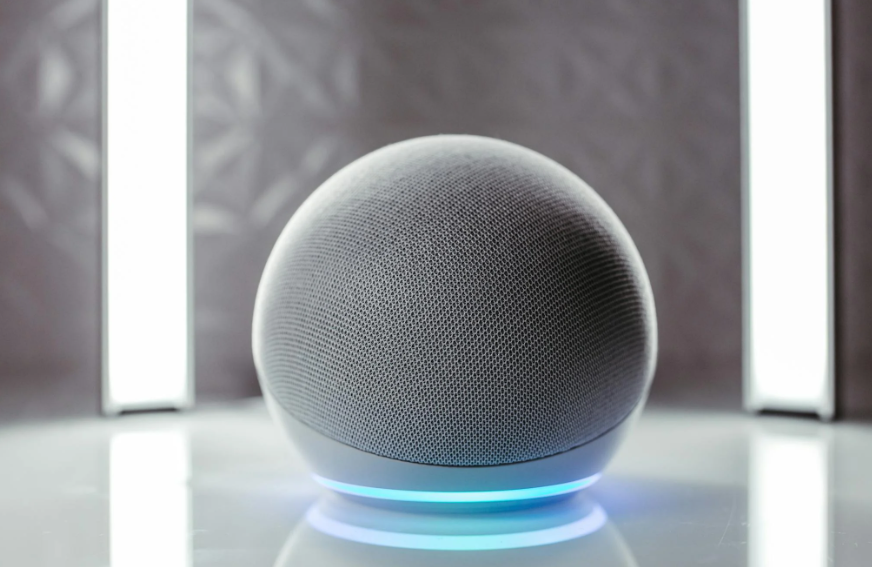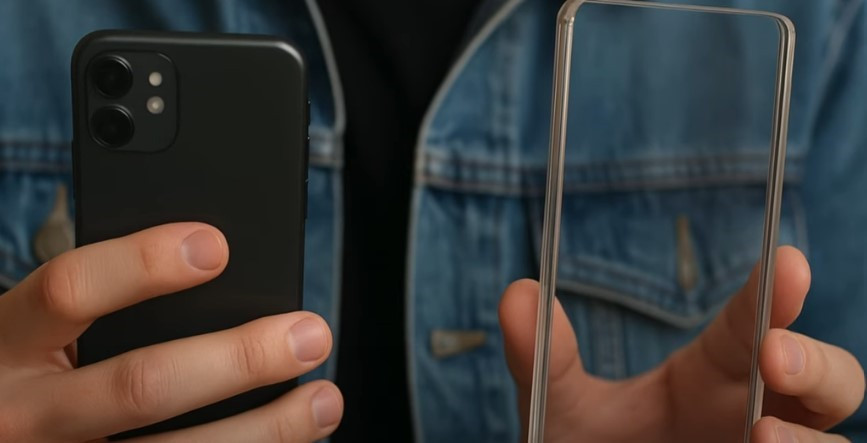The Power of Color: Unraveling the Psychology Behind Colors
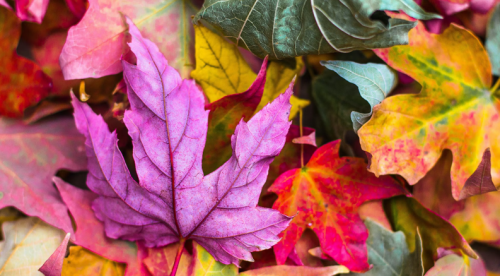
©️ Jeremy Thomas / Unsplash
Have you ever thought about how richer our lives are with so many colors in it? Imagine a black-and-white world? Would you want to live in it? I wouldn’t. Colors elevate our lives in such a joyful way, and we would not have it otherwise. But what has science to say about it? We all have heard stories about a bridge, a playfield, or a school being painted bright colors and the effect that had on people. Therefore, the topic is gaining interest from color psychologists more and more every day. Although it has always been important in marketing, art, design, and other domains, now it goes further. Color psychology experts are making significant discoveries about the impact of color on emotions, moods, and behaviors.
Color psychology delves into the study of how various colors can influence human mood and behavior. This field explores the intricate relationship between colors and emotional responses, taking into account factors like age and cultural background that can shape individual reactions to color.
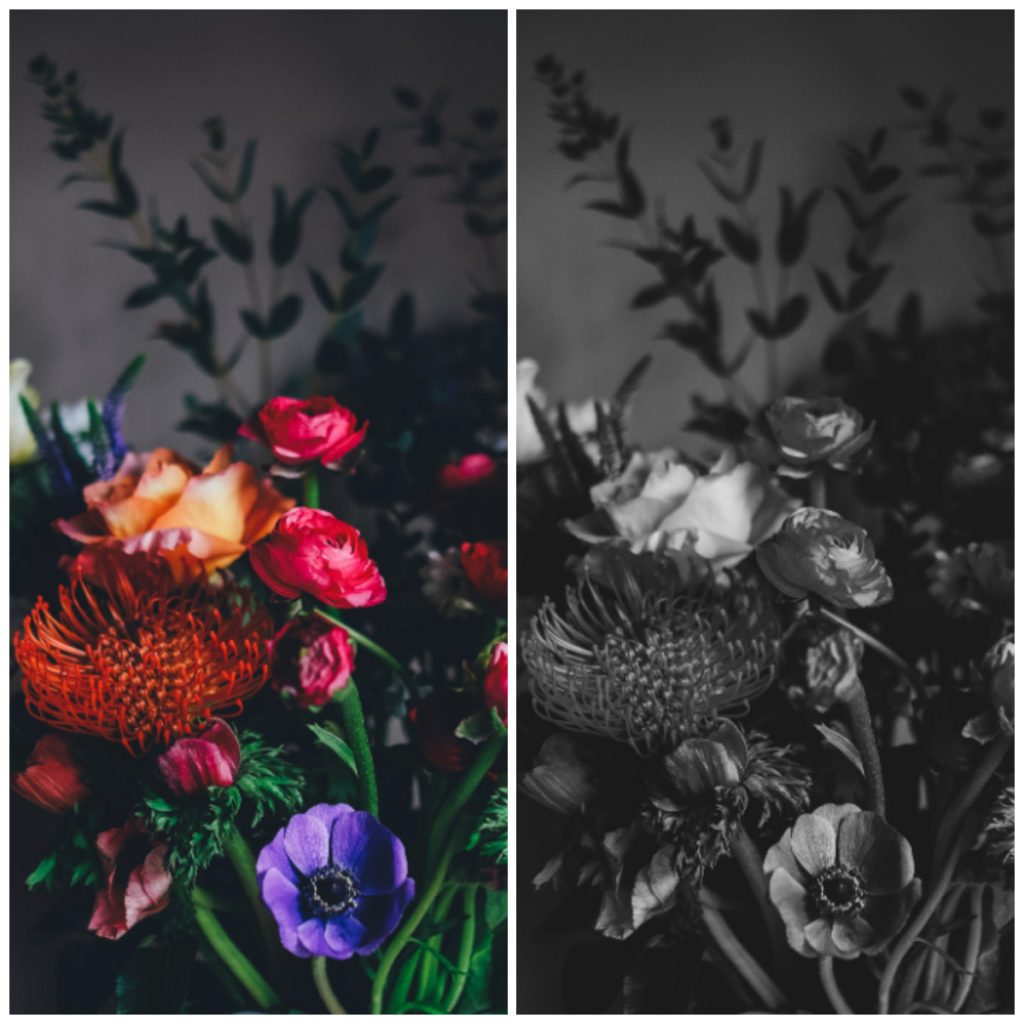
Colors and Emotions
You don’t have to be an expert to know the tight bond between colors and emotions. Just look at the photo above! The influence of color in our lives raises intriguing questions about its profound effects on our bodies and minds. Color psychology offers distinctions between individual perceptions of color and color’s universal meanings.
Colors within the red range, classified as warm colors, contain hues like red, orange, and yellow. These warm colors can elicit a spectrum of emotions, from feelings of warmth and comfort to emotions such as anger and hostility.
On the opposite side of the range, colors in the blue range, classified as cool colors, include blue, purple, and green. These hues are often associated with a sense of calm, yet they can also evoke feelings of sadness or indifference.
Colors Universal Symbolic Perception
Colors carry symbolic meanings that often produce specific emotions:
- Red: Love, passion
- Pink: Reserved, soft
- Purple: Noble, mysterious
- Blue: Wisdom, peace, reason, hope
- Green: Nature, growth
- Yellow: Hope, joy, threat
- Orange: Warmness, joy, compassion,
- White: Truth, indifference
- Black: Mysterious, cold, noble
A comprehensive 2020 study, involving 4,598 participants from 30 countries, explored the emotional associations people commonly attribute to specific colors. The findings revealed shared perceptions across cultures:
- Black: 51% associated with sadness
- White: 43% linked to comfort
- Red: 68% associated with love
- Blue: 35% linked to relief
- Green: 39% linked to contentment
- Yellow: 52% associated with joy
- Purple: 25% associated with pleasure
- Brown: 36% linked to disgust
- Orange: 44% associated with joy
- Pink: 50% linked with love
These universal color-emotion associations, as suggested by the researchers, play a crucial role in encouraging communication, despite the deeply personal and culturally rooted nature of individual color perceptions.
That being said, feelings toward color are frequently deeply personal and shaped by individual experiences, cultural backgrounds, and age. For instance, the color white, often associated with purity and innocence in Western countries, carries a starkly different symbolism as a representation of mourning in many Eastern cultures. Also, because of the effect that colors have specifically on children’s attention and engagement with online content, phones are adding the black-and-white option to the screen. These are only a few examples of these differences.
Color Therapy
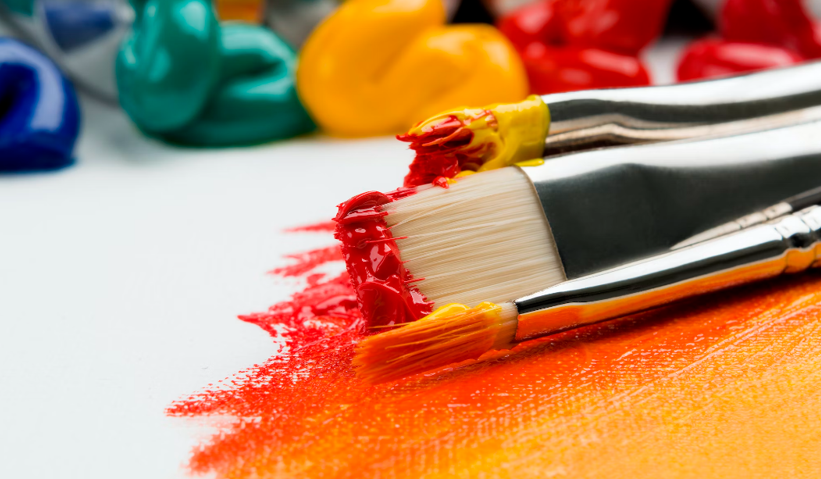
Color therapy, or chromotherapy, is a therapeutic approach that utilizes color and light to address various mental and physical health conditions. Its origins can be traced back to ancient Egypt, where the Egyptians employed sun-filled rooms fitted with colored glasses for therapeutic purposes. This age-old practice continues to find modern applications in the realm of holistic health and well-being.
While color psychology delves into the study of how different colors can influence human behavior and perception, color therapy takes a different approach. It operates on the unproven assumption that specific colors can impact individuals’ “energy” and potentially influence health outcomes.
According to Toketemu Ohwovoriole, in the realm of color therapy, the belief is that different colors can have distinct impacts on the body:
- Red: Energizes and invigorates, but may trigger tension in individuals already feeling tense.
- Blue: Used to influence depression and pain; darker shades are thought to possess sedative properties for those with sleeping disorders.
- Green: Relieves stress and induces relaxation, tightening its association with nature.
- Yellow: Elevates mood and fosters happiness and optimism.
- Orange: Evokes happy emotions, stimulates appetite, and enhances mental activity, akin to the effects of yellow.
Color Therapy Techniques
Color therapy employs two primary techniques: visual exposure and direct reflection on the body. Practitioners believe that color can influence the body either through sight or skin contact. Each visible color possesses a distinct wavelength and frequency, exerting varying effects on individuals. Practitioners commonly use warm colors for stimulating effects, while they harness cool colors for their calming impact.
Color therapy enthusiasts believe it holds potential benefits in addressing various health concerns, including stress, depression, aggression, high blood pressure, sleep disorders, anxiety, etc. Therefore, practitioners of color therapy tailor their approaches based on the specific health issue, employing different colors to elicit desired responses.
Color Therapy Benefits
Over the years, color therapy has linked a range of potential benefits to both physical and mental well-being. Toketemu Ohwovoriole has listed some of the benefits:
- Stress relief: Practitioners believe that colors like blue and green have soothing effects on individuals experiencing stress or anxiety.
- Appetite enhancement: Warm and stimulating colors are thought to boost appetite, providing support for those struggling with a lack of desire for food.
- Seasonal affective disorder: While bright light therapy has proven effective for seasonal affective disorder, color therapy suggests that warm colors like yellow and orange may offer additional support during colder months.
- Energy boost: Colors such as red and yellow are believed to enhance energy levels and motivation.
Color therapy operates on the premise that specific colors evoke particular emotions universally. However, the reality is that human beings are unique, and the impact of colors can vary significantly from person to person. What one person finds calming or soothing, another might perceive as anxiety-inducing or depressing. The individuality of responses to colors is a crucial aspect to consider in the practice of color therapy.
Boosting Productivity With Colors
Understanding how colors invoke moods and feelings in your home and office can significantly boost both your mood and productivity.
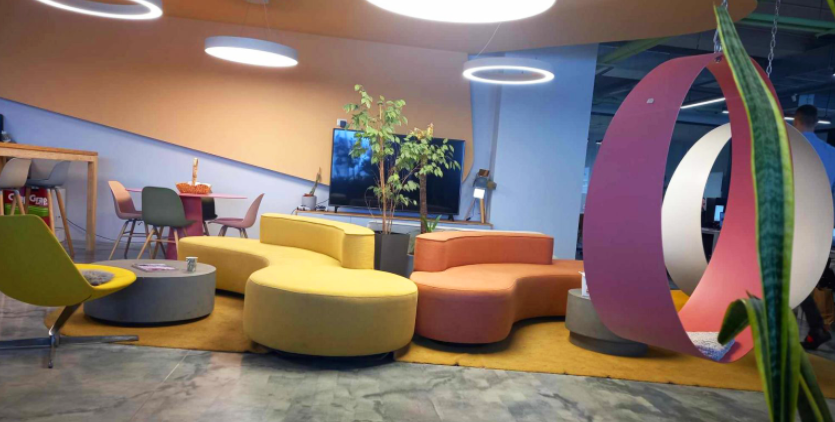
Yellow
Yellow proves to be an ideal choice if you aim to enhance creativity and maintain optimism in your home and office. Writers, designers, and developers’ workspaces could benefit from it the most.
Yellow also has the added benefit of making a room feel spacious and cheerful, although it’s important to note that overuse can lead to overstimulation.
Green
Colors like green and blue, with low wavelengths, have been scientifically proven to improve focus and efficiency. Green is especially helpful for reducing eye fatigue, making it a great choice for those who spend a lot of time in front of screens. Adding green to your home or office is easy with plants or landscape prints.
Blue
Blue, known for its focus-enhancing qualities, evokes a sense of serenity, commonly used in spas and bathrooms. Employing a color palette inspired by the sky and ocean, featuring various shades of blue, can instantly create a more open and spacious feel.
Scientifically, blue has been proven to have a calming effect on employees, fostering feelings of hope while reducing blood pressure and heart rates.
If anyone hasn’t asked you lately; What is your favorite color and why? We would love to hear it.


